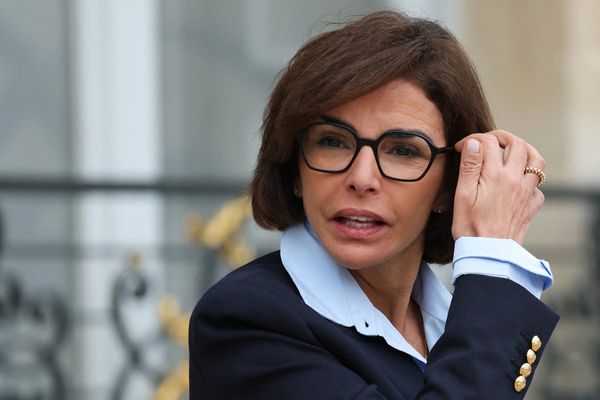
Control of Kashmir, in the foothills of the Himalayas, has been disputed since India and Pakistan gained independence from Britain in 1947.
Both claim it in full, but each controls a section of the territory, separated by one of the world’s most heavily militarised borders: the “line of control” based on a ceasefire border established after their 1947-48 war.
India and Pakistan have gone to war twice since over Kashmir, most recently in 1999.
The dispute stems from the partition of colonial India in 1947, when small, semi-autonomous “princely states” across the subcontinent were being folded into India or Pakistan, and the local ruler chose to become part of India despite the fact the area had a Muslim majority.
Armed insurgents in Kashmir have resisted Delhi for decades, with many Muslim Kashmiris supporting the rebels’ goal of uniting the territory either under Pakistani rule or as an independent country. India accuses Pakistan of backing militants – a claim Pakistan denies.
In 2019 Narendra Modi’s government launched a severe security crackdown in Indian-administered Kashmir and revoked the region’s special status, which had granted it limited autonomy since 1949.
The move fulfilled a longstanding Hindu-nationalist pledge and was widely welcomed across India, but angered many in the territory itself.
New rules were implemented that allowed outsiders to buy land in Kashmir for the first time, which many saw as an attempt by Modi’s Bharatiya Janata party (BJP) to dispossess them of their land and change the Muslim demography of the region.







